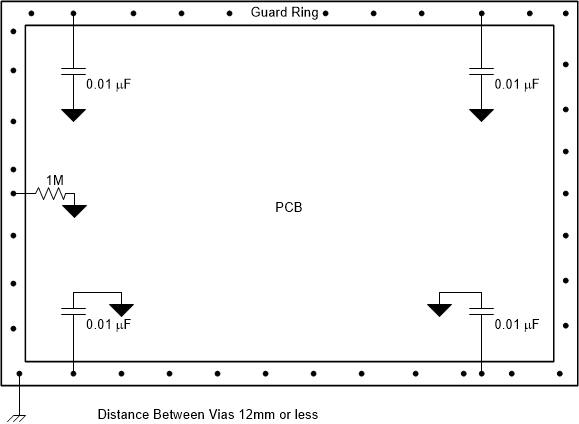Hi,
We use a Half-bridge and a full bridge load sensor for our sensing application. We have a very high Inductive environment due to an induction coil. What are the best ways to keep noise from inducing noise board via the load sensor wires?
On the PCB I was thinking of adding ferrites on the input to the ADC pins and using a copper braid shielding on the wires. The frequency at which the coil works is around 20-30Khz.
Tony.


